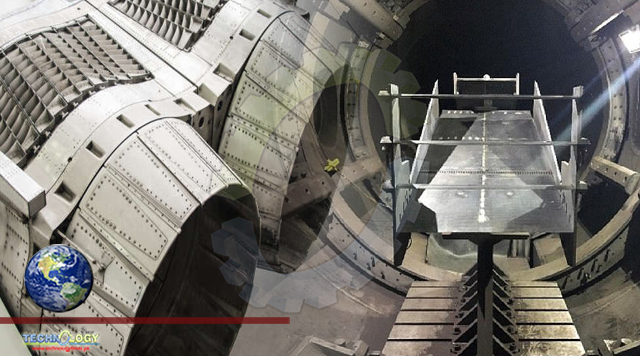According to the scientists, their newly developed hypersonic jet engine can reach speeds of up to Mach 16 – that’s a blistering 19,000 kilometers per hour (11,850 miles per hour) – and was stable when tested in a wind tunnel.

Ever since the retirement of the Concorde, commercial supersonic flight has been put on the backburner in Western countries. While innovation into faster engines has continued, a few serious issues with high-speed engines have prevented their growth.
Therefore, instead of pushing the limits of speed, scientists have focused on increasing fuel efficiency, reducing the carbon footprint of airliners, and increasing passenger capacity. However, a group of scientists from Beijing never took their eyes off the prize – and they’ve just passed a huge milestone.
According to the scientists, their newly developed hypersonic jet engine can reach speeds of up to Mach 16 – that’s a blistering 19,000 kilometers per hour (11,850 miles per hour) – and was stable when tested in a wind tunnel. Strap that onto a plane and you could reach anywhere in the world within two hours. Their results were published in the Chinese Journal of Aeronautics.
The Sodramjet builds on existing technology known as a ramjet, which has been in development since Hungarian inventor Albert Fonó used a crude ramjet unit to increase the range of artillery.
Whereas normal jet engines use a compressor section of fan blades to compress air from the front intake before sending it through to combustion, ramjets rely on the forward motion of the aircraft to provide a stream of compressed and fast-moving air.
An advancement was then made on ramjets to produce the supersonic-combustion ramjet (scramjet), which keeps the air flowing through the engine at supersonic speeds, unlike a ramjet that slows the air before combustion.
But scramjets suffer some fatal flaws. The supersonic air creates shockwaves that can extinguish the combusting fuel. As you can probably imagine, engines that stop producing thrust while the plane is in the air make for fairly uncomfortable commutes.
Instead, Zonglin Jiang and colleagues from the Chinese Academy of Sciences, Beijing, turned to the work of the engineer Richard Morrison in 1980. He believed that the shockwave produced by supersonic air could pack enough energy to continuously reignite the engine and maintain speeds of Mach 15 or more.
Although his ideas never saw commercial application due to a lack of funding and the choice to pursue other ideas, Jiang put the idea into practice in the Sodramjet and the results speak for themselves.
The Sodramjet was stable at hypersonic speeds and burned its hydrogen fuel more efficiently the higher speeds rose. Their results prove that intrinsic shockwaves within a hypersonic engine can maintain internal combustion, in line with Morrison’s ideas almost 40 years ago.
Although incredible, the Sodramjet engine is still many years away from use in a commercial airliner. Furthermore, there are still issues that remain to be solved before the engine is fully functional.
The shockwaves that reignite combustion can sustain thrust, but in doing so produce surges within the engine that impact its stability. Also, speeds of this nature have been described in wind tunnels using scramjets before but were not verified on aircraft, so the engine will need much more testing before commercial use.
Originally published at Ifl science